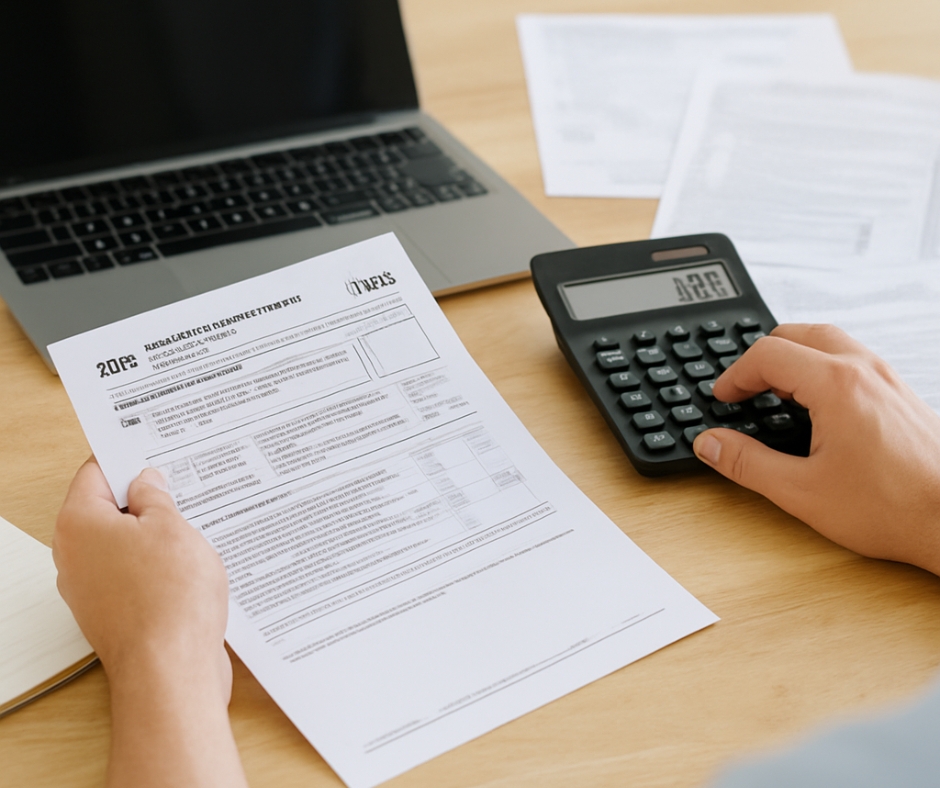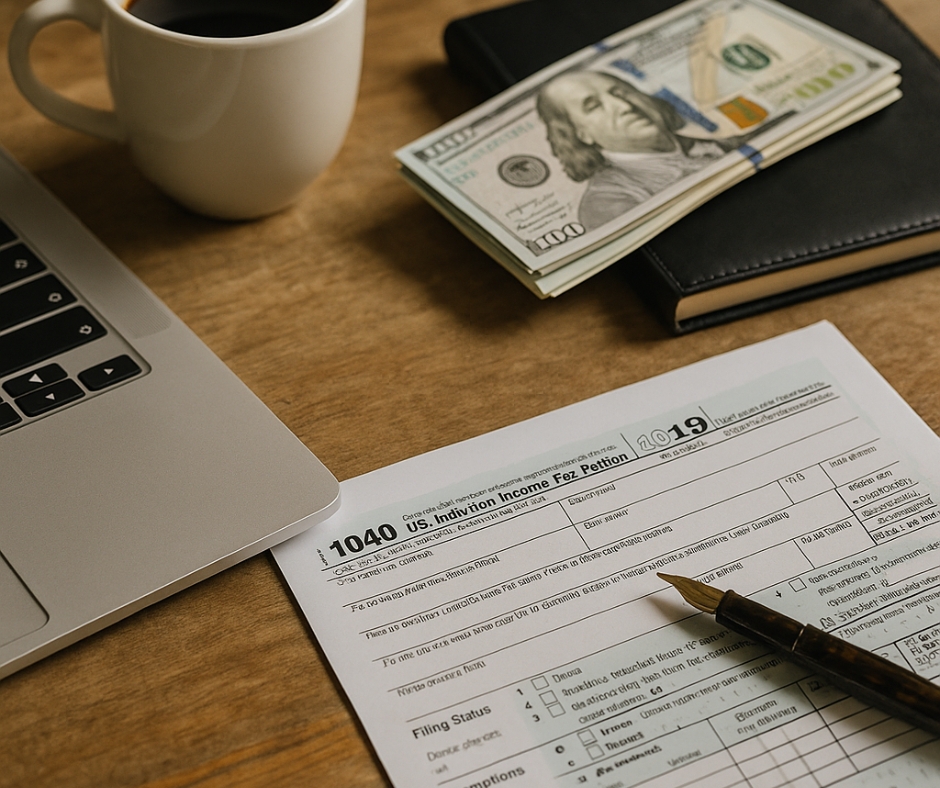Ensuring your business can handle unexpected disruptions is crucial. In this blog post, we will explore how to develop a business continuity plan effectively. Developing a business continuity plan is essential for maintaining operations during unforeseen events. By following these steps, you can safeguard your business against potential risks.
First, identify the critical functions of your business. Begin by listing all the essential operations that must continue during a disruption. Prioritizing these functions ensures that the most important aspects of your business remain operational.
Next, conduct a risk assessment to understand potential threats. Analyzing these risks allows you to create strategies to mitigate their impact. Furthermore, understanding these risks helps you prepare more effectively for any eventuality.
After assessing the risks, develop recovery strategies. These strategies should detail how to restore operations after a disruption. By planning these recovery steps in advance, you can reduce downtime and maintain business continuity.
Additionally, create a communication plan. Effective communication is vital during a crisis. Ensure that all stakeholders are informed and updated regularly. This plan should outline how to communicate with employees, customers, and suppliers.
Moreover, test and update your business continuity plan regularly. Conducting regular drills and reviews ensures that your plan remains effective. As your business evolves, so should your continuity plan.
Finally, document everything thoroughly. Proper documentation makes it easier to implement your plan when needed. Ensure that all employees have access to the necessary information and understand their roles.
By following these steps on how to develop a business continuity plan, you can ensure that your business is prepared for any disruption. Remember, preparation is key to maintaining operations and safeguarding your business.













